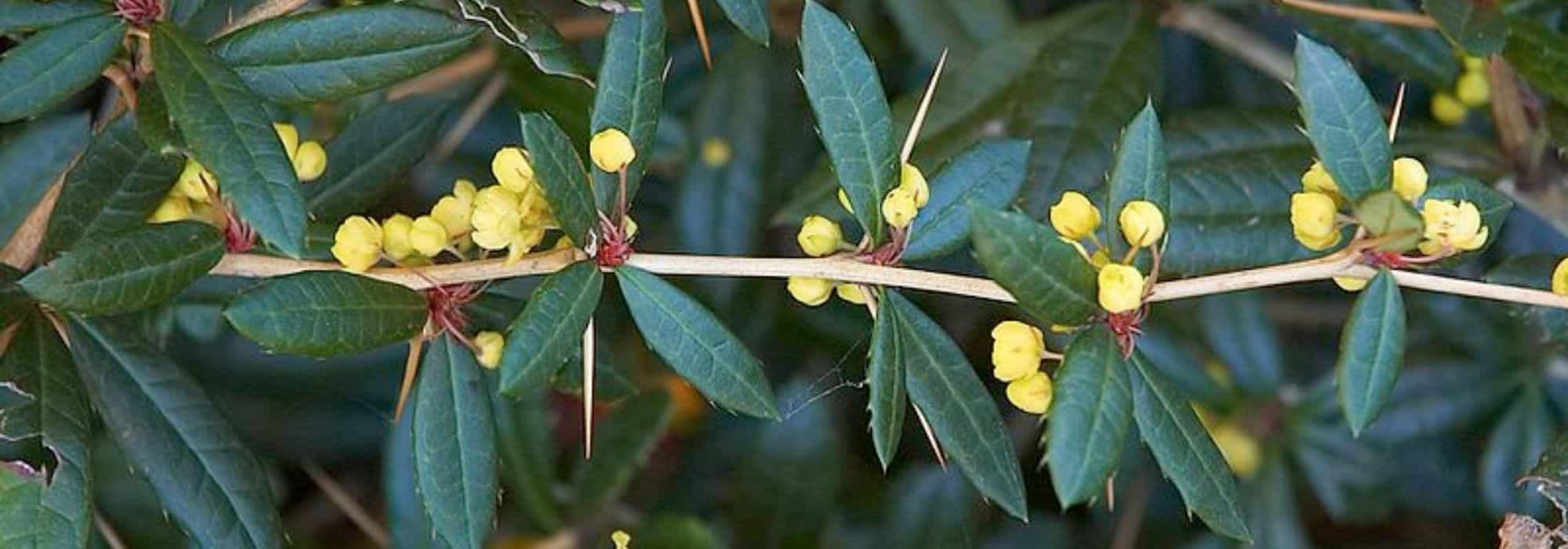
5 Perfect Berberis for Hedges
our best varieties
Contents
Berberis are shrubs with a naturally dense habit, upright or spreading depending on the variety. Also known as barberry, they have tangled branches on which sharp thorns grow. Impenetrable, Berberis are perfect for creating a defensive hedge. These shrubs are easy to grow, hardy, and adapt to all types of soil. Although they do not require pruning, they tolerate it very well, allowing for the creation of impeccably trimmed or free-form hedges. Varieties with evergreen foliage are particularly floriferous and form a privacy screen, while those with deciduous foliage come in original shades of pink, orange, red, or purple. Discover our selection of 5 varieties of Berberis perfect for creating a hedge.

A free-form hedge of Berberis thunbergii ‘Atropurpurea’
Berberis julianae
The Berberis julianae is an interesting bush due to its evergreen, glossy dark green foliage that takes on a reddish hue in the cold of winter. Its small spiny leaves resemble those of holly. With its sharp, thorny branches, it is perfect for creating a privacy and defensive hedge. Its compact, dense, and slightly upright habit can reach 3 m in height and 1.5 m in spread. In spring and then in autumn, it produces a subtle flowering of small yellow flowers, followed by small blue-black berries.
Not demanding, this Berberis adapts well to all soil types, even poor, clayey, or chalky soils, as long as they are well-drained. Once established, it will withstand drought and cold down to -23°C without any issues. It thrives in sunny or partially shaded locations, and even in shade, although its flowering will be less abundant. In a mixed hedge, it can be paired with a Pyracantha, a Mahonia, and a Holly.

Read also
How to pair Berberis?Berberis thunbergii Atropurpurea
The Berberis thunbergii ‘Atropurpurea’ is a bush with a dense and compact habit, widely used to create a purple hedge. In a free-form hedge, it will take on a rounded shape, reaching up to 1.5 m in all directions. It also tolerates pruning well to form a straight and defensive hedge. Its thorny branches display beautiful deciduous foliage, purple in colour, turning bright red in autumn. From April to May, it produces an abundant flowering of small yellow flowers marked with red. This is followed by small bright red berries that will remain on the plant until winter.
Easy to grow, this beautiful barberry will adapt to all types of soil, as long as it remains well-drained. It is best to plant your hedge in full sun to achieve intense foliage colour or in partial shade. Very hardy, this bush will withstand occasional drought and winter frosts down to -29 °C. In a mixed hedge, its lovely purple colour will pair beautifully with a forsythia, a Kolkwitzia, and an Abelia. In a defensive hedge, it can be planted alongside a Pyracantha, a Mahonia, and a Holly.
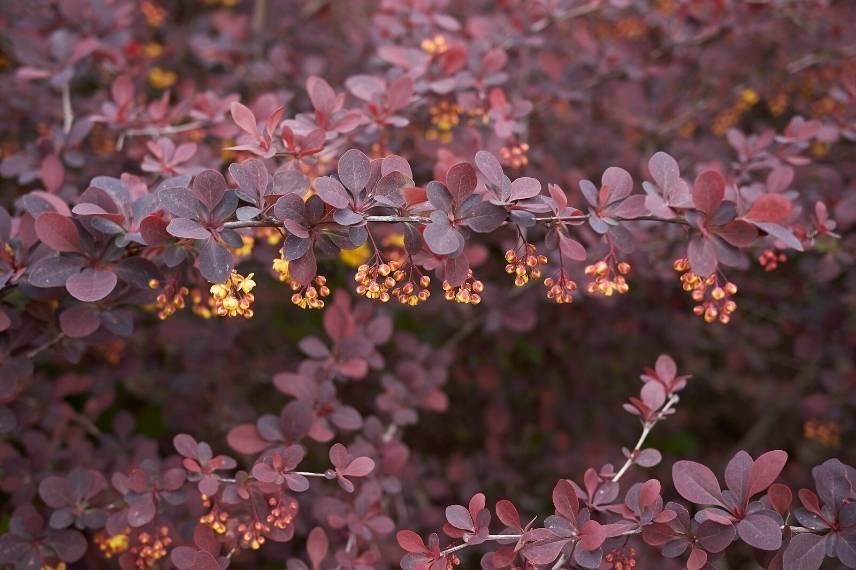
Discover other Berberis - Barberries
View all →Available in 2 sizes
Available in 1 sizes
Available in 2 sizes
Available in 1 sizes
Available in 1 sizes
Available in 1 sizes
Available in 3 sizes
Available in 1 sizes
Available in 1 sizes
Available in 3 sizes
Berberis thunbergii 'Golden Rocket'
The Berberis thunbergii ‘Golden Rocket’ is a very bright bush thanks to its yellow-green, vivid golden foliage. In autumn, its deciduous leaves take on a magnificent orange hue. This original variety has a dense, upright habit, reaching up to 1.5 m in height and 80 cm in width. Its narrow columnar shape is perfect for creating a free-standing or trimmed hedge and requires little maintenance. In spring, discreet small yellow flowers appear, giving rise to bright red berries.
This lovely barberry can be planted in all types of soil, even stony or poor, as long as it remains cool and well-drained. Its bright foliage is not afraid of the sun; on the contrary, it thrives in it. However, it will prefer partial shade in the south and west of France. Its beautiful dense and vertical silhouette can form a lively small hedge or a mixed hedge, alongside a Kerria japonica, a Physocarpus ‘Little Devil’, a Mahonia, or a Broom. It can also be paired with flowering shrubs in pink or red, such as a Kolkwitzia or an Abelia.
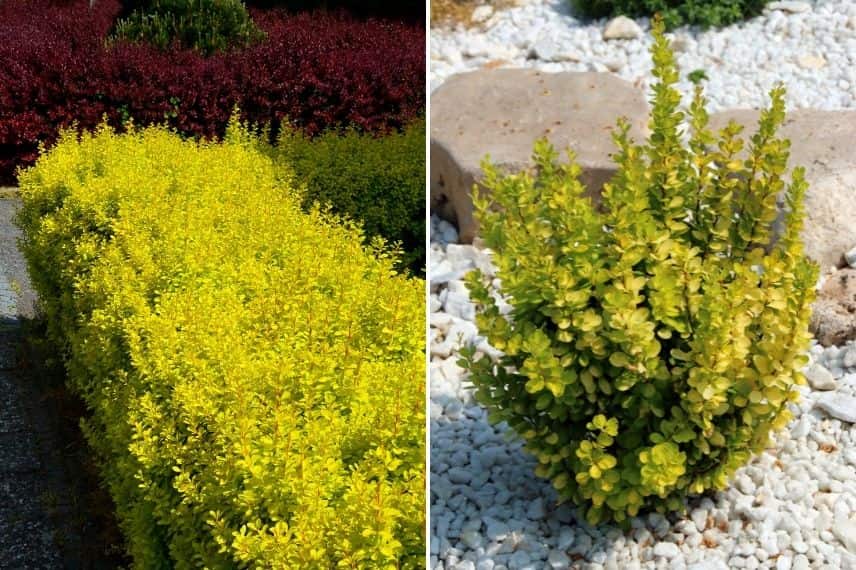
The Berberis thunbergii ‘Golden Rocket’ is suitable for both hedge cultivation and rockeries
Read also
How to create a defensive hedge?Berberis thunbergii 'Inspiration'
The Berberis thunbergii ‘Inspiration’ stands out with its magnificent deciduous foliage, which is purple, speckled with pink and white when young. At maturity, its leaves turn completely purple. Then, in autumn, they take on a beautiful bright red and orange hue. Its very modest height of 60 cm and dense habit allow it to add colour to a small low hedge, whether free, mixed, or neatly trimmed. It offers a shy flowering between May and June. Its small pale yellow flowers are delicately marked with red.
Easy to grow, it thrives in all types of well-drained soil. Plant this Berberis in full sun to maintain the intensity of its colours or in light partial shade. It will add a colourful touch to a mixed hedge, alongside pink, orange, or red flowering shrubs, such as a rose, an Abelia, a Japanese rose, or a Broom ‘Lena Orange’.
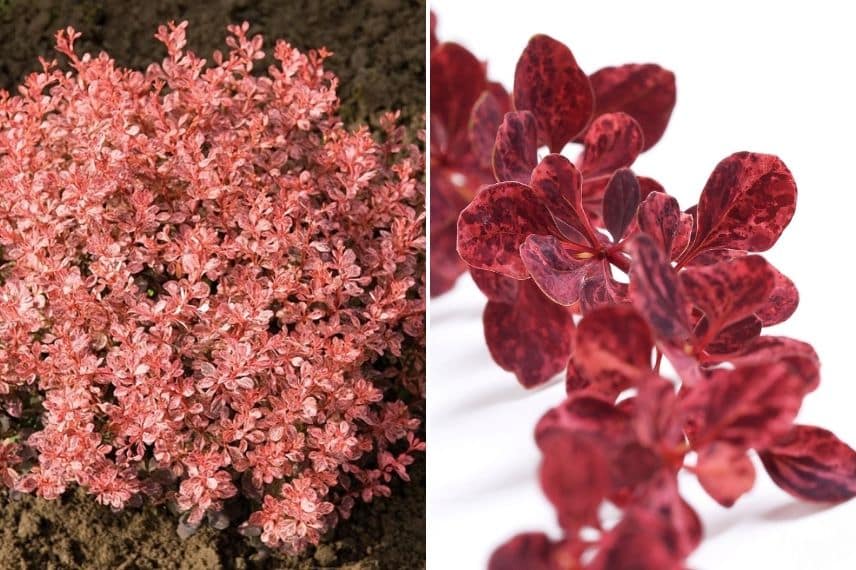
The young foliage of the Berberis thunbergii ‘Inspiration’ is marbled with pink and white, before turning entirely purple at maturity
Berberis darwinii
The Berberis darwinii is a vigorous variety, highly valued for its small evergreen foliage, dark green and glossy, resembling holly. In spring, it produces an abundant flowering, with clusters of small orange-yellow flowers that will develop into small blue berries. Depending on the climate, it may bloom again in autumn. Its rapid growth allows it to quickly form a hedge that is both protective and a privacy screen, reaching 2.75 m in all directions.
The Berberis darwinii is an easy-going variety, thriving in all types of soil, including clayey and slightly calcareous, as long as it is well-drained. Its naturally compact and elegant habit requires no maintenance, especially in a free-form hedge. Once well-established, it will withstand occasional drought and cold down to -15 °C. Notably, this cultivar tolerates salt spray well. In a mixed hedge, it can be paired with a Pyracantha, a Mahonia, and a Holly.

For further reading
- Discover all our varieties of Barberry
- Check out our article to learn all about barberries: planting, pruning, and maintaining
- Olivier presents some lovely varieties in this video:
- Subscribe!
- Contents
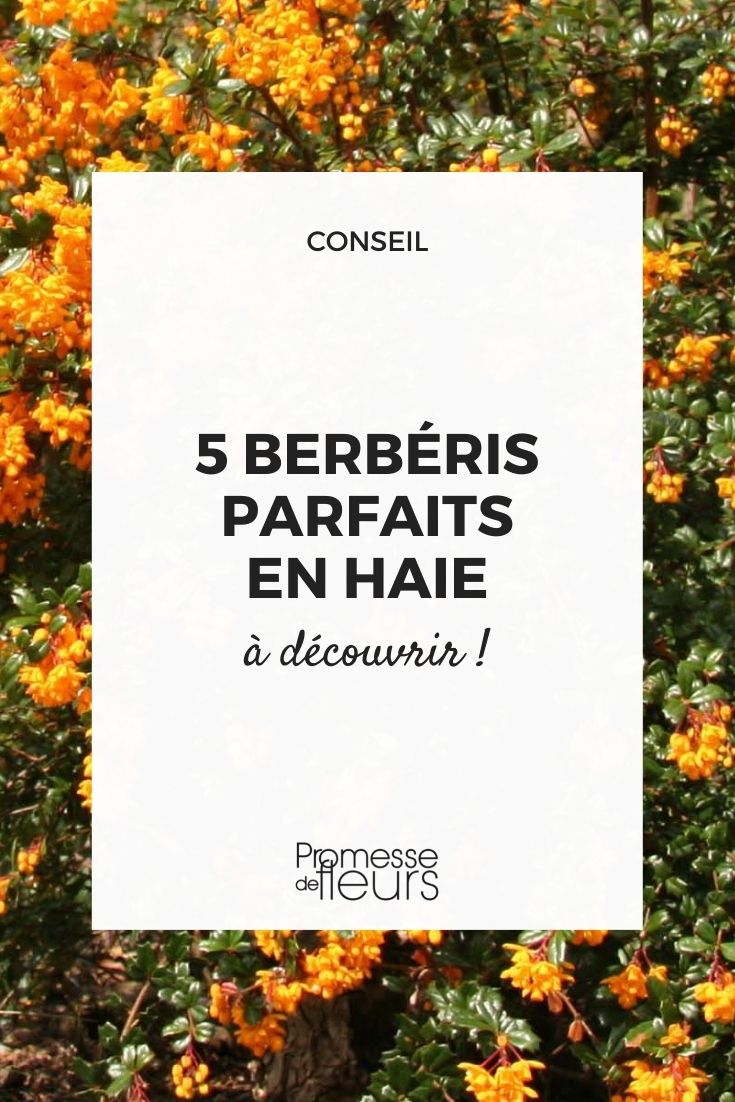































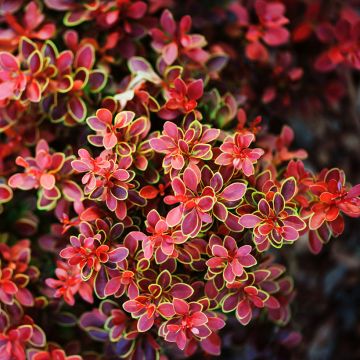
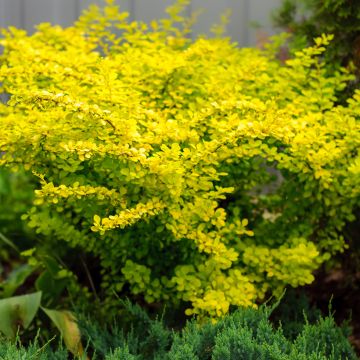
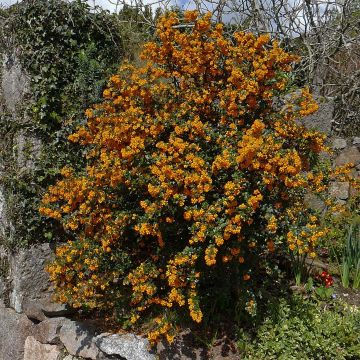

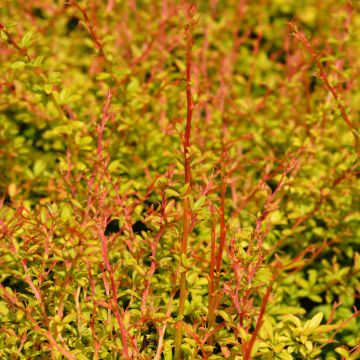



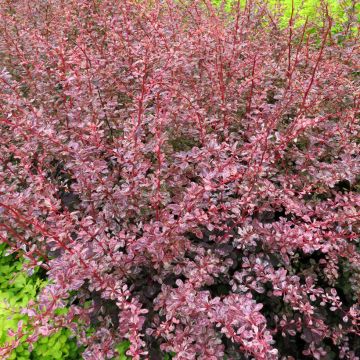
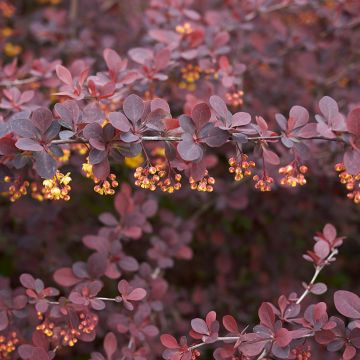
Comments